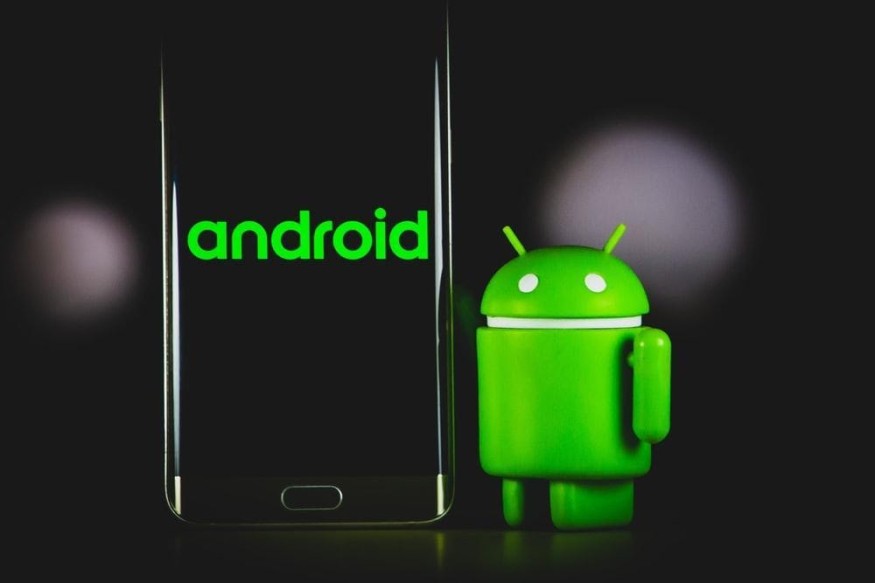
Multitasking on smartphones used to be something you could only dream about. More than 10 years ago, applications were not stored in the smartphone's RAM and did not allow you to switch between them in real time. To switch to a new program, you had to complete everything in the previous one because otherwise, you risked losing all your accumulated progress. A lot has changed since then, but the options for multitasking on Android remain.
Not so long ago, Google and Qualcomm announced a major update to the Android operating system. With the release of Android 12, there will be changes to improve the experience of multiple applications at the same time. As conceived by Google, the smartphone will be able to display two programs at once if they are running in Split Screen mode.
What's coming in Android 12?
The ability to create long screenshots, improved backups and control of background apps have been announced, but the Centreforum.org editors who prepared this article are most interested in the simultaneous app feature. The dual app card will look like the one shown in the screenshot above. This is needed so that users can run multiple pairs of apps at once and then quickly switch between them. After all, it is often more convenient to work in two programs at once rather than one.
Google's desire to allow pairs of applications to work with multitasking can hardly be called an absolute novelty. The fact is that Samsung has already implemented such a mechanism in its firmware, which is simply called App Pairs. Thanks to them, users can effectively use the large screens of their gadgets, taking up space with two programs at once, when necessary.
Split Screen in Multitasking
However, the compatibility of Split Screen mode with multitasking alone is not enough. Some applications are most useful only when paired with another. Therefore, it would be great if it were possible to run pairs by clicking on special shortcuts on the desktop. Samsung also has such a feature. It allows you to combine most of the in-house and third-party applications.
But there is one nuance, the optimization of applications for Split Screen mode. Without proper rendering, some programs become useless, because the half-space hides some useful features and does not allow you to comfortably interact with the application.
On iOS, for example, only some apps can be launched in Split Screen mode, because developers understand that a poorly-designed overlap will not benefit users at all. In this regard, Google should make developers interested in adapting their programs for pairing mode and make the necessary changes in their interface.
In general, multitasking on Android has long needed some kind of transformation. The fact is that the increase in the screens of modern smartphones has long made it possible to run several applications at once, but Google and its partner manufacturers have not yet figured out how to make it truly convenient. The current implementation, which involves splitting the screen in two, is a serious compromise, but it remains to be seen how much of an impact it will have on the popularization of multitasking as such and user comfort.
© 2025 NatureWorldNews.com All rights reserved. Do not reproduce without permission.





